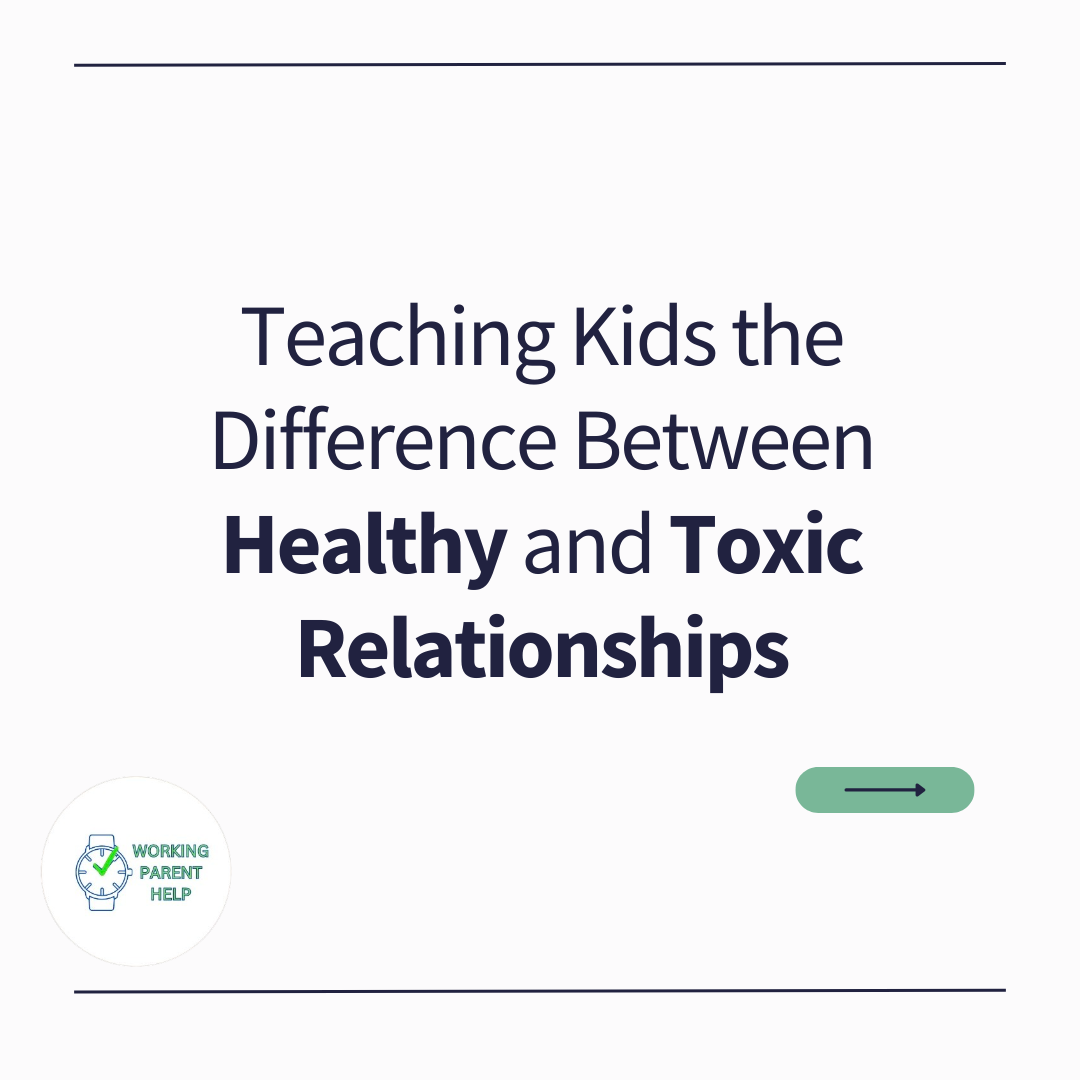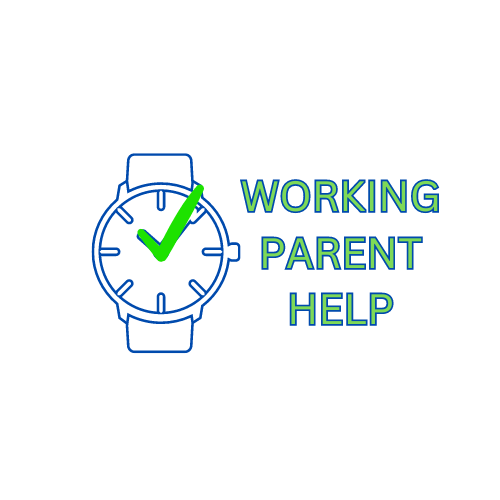
Teaching Kids the Difference Between Healthy and Toxic Relationships (Without Losing Your Mind)
Parenting today feels like you're starring in a juggling act — with flaming swords. Between soccer practice, last-minute science projects, and remembering that you’re supposed to somehow pack a healthy lunch (that they won’t trade away for a bag of Doritos), who has time for deep life lessons? Spoiler alert: we all need to make time.
Teaching kids the difference between healthy and toxic relationships is one of the best investments you’ll ever make — right up there with that ThermoBento Insulated Food Storage Box that actually keeps lunch warm during those endless afterschool practices. 🙌
So how do you tackle this serious topic without making your kids roll their eyes into another dimension? Here’s the game plan for busy working parents (yes, even you with three kids in different activities across town).
1. Teach Boundaries (Before They Become a Door Mat)
Boundaries are like passwords for your kids' lives — they’re necessary and should NEVER be shared freely. Start early by teaching your kids that it’s OK to say no.
Explain that healthy relationships respect boundaries, while toxic ones push, guilt, or bulldoze over them like a runaway shopping cart. Whether it’s a friend who demands they share their dessert every day (rude) or a classmate who calls them names and then says, "I’m just joking!" — it’s important they recognize that respect is non-negotiable.
Hot tip: use real-world examples from their favorite shows (or your own friendships — nothing like a little reality TV drama to drive the point home).
And when you're teaching about boundaries? Make sure you’re stocked up on easy mealtime solutions like the ThermoBento Insulated Food Storage Box — because hangry kids are in no mood for life lessons.
2. Encourage Open Conversations (Even When They Spill the Tea at Bedtime)
Nothing tests your patience like your child suddenly deciding to have a deep heart-to-heart at 9:47 PM when you were THIS close to the couch and Netflix.
But here’s the thing: when kids open up, drop everything (within reason — if something’s burning, handle that first 🔥). Listen without judgment. Create a safe space where they know they can talk about anything — from who’s being mean at school to why that TikTok influencer has it all wrong.
The goal? Normalize conversations about emotions, gut feelings, and tricky social situations. If your kids feel comfortable talking now, they'll still come to you when the drama really heats up in the teen years. (Godspeed, fellow parent.)
Pro tip: multitask when needed. While they chat, you can get chores done with gadgets like the ScrubEase Electric Kitchen Brush for Effortless Cleaning. (Yes, you CAN listen intently and get those spaghetti sauce stains out at the same time.)
3. Identify Red Flags (And Not the Cute Valentine's Kind)
Teach your kids the early warning signs of toxic relationships — because sometimes it doesn’t look like straight-up bullying at first. Sometimes, it’s that "friend" who guilt-trips them for spending time with others. Or the one who constantly criticizes them "as a joke."
Make it a fun game: call it “Spot the Red Flag” and reward them for finding behaviors that don't sit right. (Bonus points if they identify it before you do — nothing like a little healthy competition!)
Some classic red flags to teach them:
-
Feeling worse about themselves after hanging out
-
Fear of upsetting someone if they say no
-
Constant drama and "tests" of loyalty
-
Gaslighting ("I never said that!" — when they clearly did)
Remember: it's not about labeling people as good or bad. It's about recognizing that some behaviors are unhealthy, and it's OK to walk away. (In fact, it's a life skill.)
4. Promote Self-Worth (Because Confidence is Contagious)
You know what's cooler than the cool kids?
Kids who know their worth and aren’t afraid to walk away from people who don’t treat them right.
Help your children build confidence by celebrating their strengths — not just achievements, but kindness, resilience, and creativity too. A kid who knows they’re awesome is way less likely to tolerate someone who tries to dim their shine.
And yes, this means modeling self-worth too.
If your child sees you setting healthy boundaries, standing up for yourself, and surrounding yourself with positive relationships, they’ll learn to do the same. (Even if they pretend not to notice while dramatically sighing at your every move.)
Real Talk for Working Parents:
You’re not going to nail this conversation in one night over burnt chicken nuggets.
Teaching kids about healthy vs. toxic relationships is ongoing. Think drip campaign, not PowerPoint presentation.
Little moments, repeated often, make a HUGE impact.
And hey — you deserve all the help you can get.
Make your life easier where you can, whether it’s with a ThermoBento Insulated Food Storage Box to finally win the lunch game, or a ScrubEase Electric Kitchen Brush to cut cleaning time in half. You’re doing great, and a few good tools can turn "barely surviving" into "thriving."
